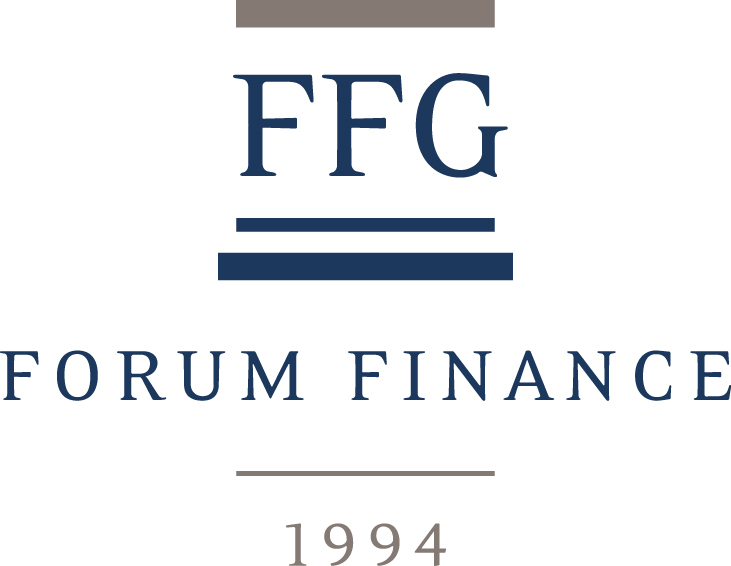Newsletter | June 2025
The US Congress has passed a tax bill that will boost the budget deficit.
7.2% PERFORMANCE OF THE EUROPEAN MID-CAP INDEX IN MAY
Investment perspective
Geopolitical and economic factors persisted in May, most notably the ongoing impact of punitive tariffs introduced by the U.S. administration in early April, which continued to reverberate across global markets. Although temporary tariff reprieves have calmed the situation, the fundamental direction of US trade policy remains restrictive, with the potential for further escalation or prolonged uncertainty, which could affect global growth and inflation. This dual pressure complicates monetary policy, especially for the Federal Reserve, and affects market expectations. As we pointed out earlier this year, divergent monetary policies have become the norm. The uncertainty induced by the tariffs led the Federal Reserve to adopt a wait-and-see approach, while the European Central Bank (ECB) remained on its path of gradual easing. Overall, this could result in higher terminal U.S. interest rates due to reduced capital inflows and an increased risk premium. This dynamic could further steepen the yield curve as investors demand higher compensation for heightened uncertainty. After credit spreads widened sharply, the 90-day tariff reprieve for certain countries eased some fears partly, leading to a retracement in credit spreads. U.S. investment grade (IG) corporate spreads tightened from 116 basis points (bps) in early April to roughly 88 bps by the end of May, while U.S. high yield (HY) corporate spreads narrowed from 450 bps to 315 bps. Following a sharp sell-off in early April, during which the primary U.S. index fell by over 10.5% in two days, May saw a strong recovery in the equity markets. The Magnificent Seven experienced a notable rebound during the month, as did heavy tech-weighted and growth-oriented indices. Nvidia and Tesla led the way with impressive returns of around +24.1% and +22.8%, respectively, in May. Despite the headwinds encountered in the early part of the year, the Magnificent Seven have demonstrated resilient earnings growth. Goldman Sachs projects earnings per share growth for the group of around 28% in 2025, which is significantly higher than the expected 9% growth of the broader market index. The bank also noted that the group is currently trading at its lowest valuation levels in two years, which could present an attractive entry point. The U.S. dollar has registered weakness against the euro for the fourth consecutive month. However, the pressure eased somewhat with a loss of 0.4%, bringing the year-to-date loss to over 9%.
Investment strategy
Although market sentiment has improved with the recovery in consumer confidence and a slight easing of tariff fears, the complexity of fiscal and trade dynamics remains. The outlook for the U.S. fiscal deficit has deteriorated significantly, with the Congressional Budget Office and Fitch Ratings projecting deficits in excess of 7.5% of GDP in 2025 and 2026. A comprehensive tax and spending bill that is currently making its way through the Senate is expected to increase the debt by trillions, with little prospect of significant spending cuts. This fiscal deterioration is putting upward pressure on long-term Treasury yields, as evidenced by the recent 30-year bond yield reaching its highest level since October 2023. Market sentiment continues to be affected by instability in trade policy, with the risk that tariff-related disruptions will impact key economic indicators such as GDP and corporate earnings. Nevertheless, recent signs of recovery in US consumer confidence could bolster domestic demand. In light of the fiscal outlook and the increasing supply of long-dated Treasuries, we are exercising particular caution regarding the long end of the curve and are favouring the front end to mitigate the risk of further yield increases. Market sentiment indicators have shown a swift and significant recovery from the extreme pessimism observed in April. This recovery in sentiment has coincided with a rebound in growth and technology stocks, including the 'Magnificent Seven', suggesting that momentum remains a key driver.
Fed is facing the possibility of both higher inflation and weaker economic performance
Portfolio Activity/ News
Over the month, our portfolios benefited significantly from the market recovery, particularly in terms of our equity and credit allocations. We maintained our exposure to European and US credit, encompassing investment grade (IG), high yield (HY) and emerging corporate bonds, while continuing to exercise caution regarding long-maturity bonds, particularly in the US. Despite the very different dynamics at play in Europe, the risk of the curve steepening further has led us to reduce our exposure to long-term government bonds and retain only intermediate-term bonds. Although we marginally increased our equity allocation, adding US growth and emerging market exposure, we maintained a structural preference for European equities, driven by attractive valuations and supportive monetary policy dynamics. European assets are well placed to benefit from the unfolding US fiscal agenda and shifting allocations away from US assets, which are still under-represented in most portfolios, as well as from gradual dollar depreciation. Having tactically increased our equity exposure earlier in the month, we are now adopting a slightly more cautious approach, as market sentiment indicators have swung rapidly from deeply depressed levels to mild complacency. We are increasingly inclined to reduce our US dollar exposure further, anticipating that the deteriorating fiscal deficit and persistent economic uncertainty will weigh on the currency. However, we believe it is still too early to reduce risk across the entire portfolio, as the recovery is ongoing and we are positioned only slightly overweight.
Download the Newsletter

